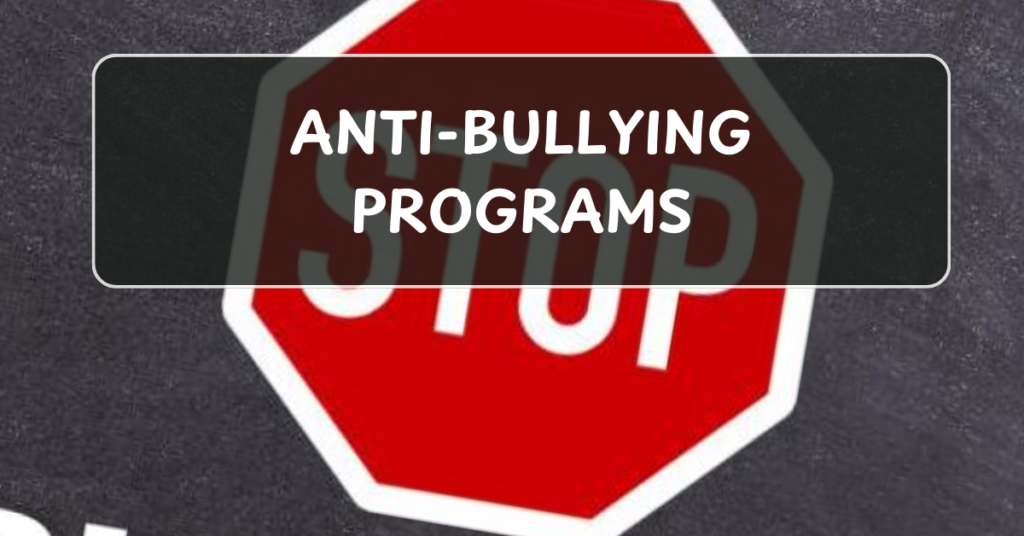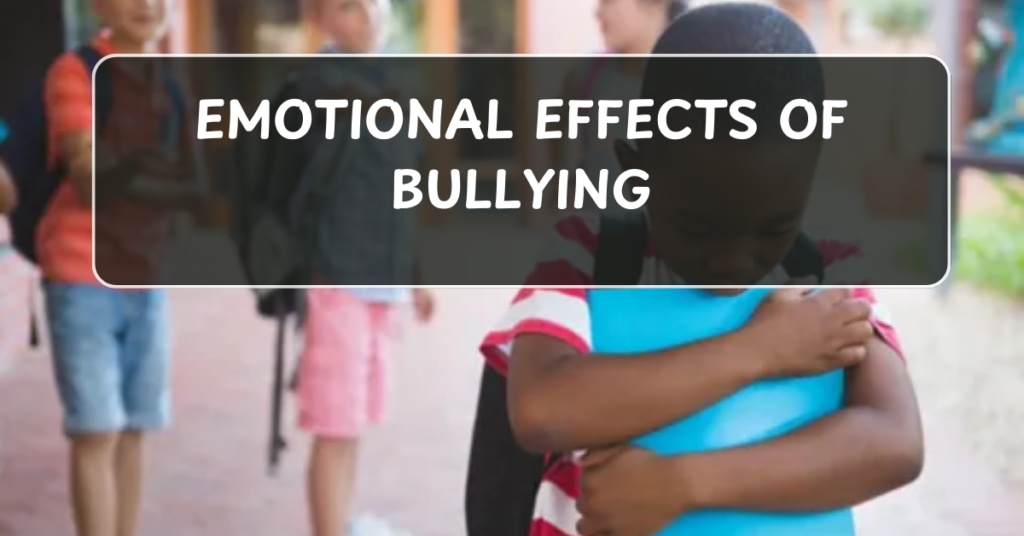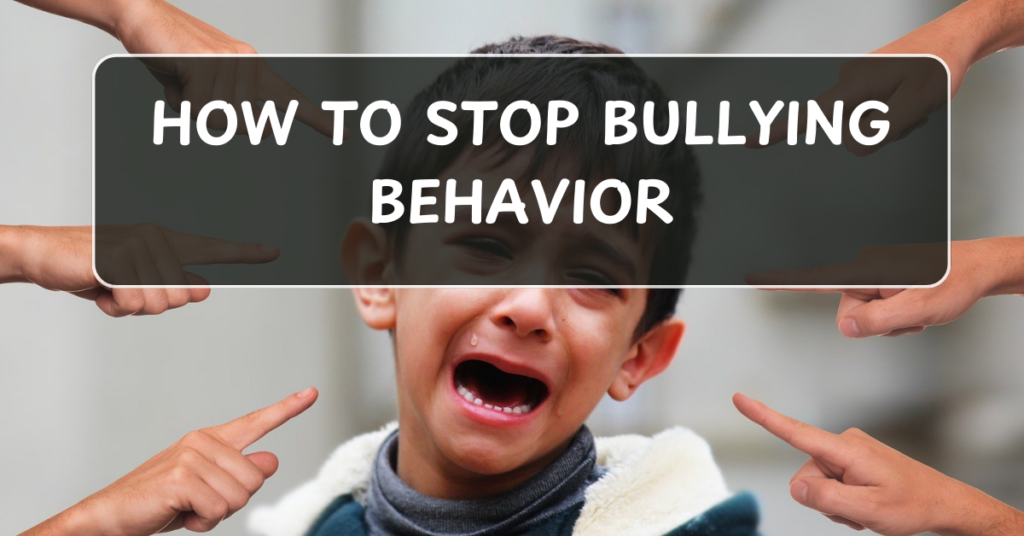
Bullying is a pervasive problem that affects individuals across various settings, from schools to workplaces, and can lead to serious emotional, psychological, and physical consequences. Anti-bullying programs are crucial in addressing this issue, as they provide structured approaches to prevent, identify, and address bullying behavior. By fostering empathy, respect, and positive social interactions, these programs help create safer and more supportive environments for everyone.
In this article, we will explore the importance of anti-bullying programs, the key elements of effective programs, and examples of successful initiatives that are making a difference in communities.
1. The Importance of Anti-Bullying Programs
Anti-bullying programs are essential in addressing bullying and its harmful effects on individuals and communities. They serve to raise awareness, promote positive behaviors, and provide support for both victims and perpetrators of bullying.
- Creating Safe Environments: Anti-bullying programs aim to create safe spaces where individuals can feel valued, respected, and protected from harm.
- Preventing Emotional and Physical Harm: Bullying can cause long-lasting emotional damage, depression, anxiety, and even physical injuries. Effective programs work to reduce these risks and promote healthy social interactions.
- Promoting Empathy and Inclusion: Programs focus on helping individuals understand the impact of their actions on others, encouraging empathy and inclusion in communities.
- Reducing Long-term Consequences: By addressing bullying early, these programs help reduce the long-term consequences such as low self-esteem, academic struggles, and behavioral issues in both the victim and the bully.
2. Key Components of Effective Anti-Bullying Programs
While every anti-bullying program is different, the most effective programs share several common components. These elements are designed to address the root causes of bullying and provide comprehensive support to all involved.
A. Clear Policies and Guidelines
- Define Bullying: Clear definitions of what constitutes bullying (verbal, physical, social, and cyberbullying) should be included in the program.
- Zero-Tolerance Approach: Most successful programs adopt a zero-tolerance policy toward bullying, making it clear that bullying behavior will not be tolerated under any circumstances.
- Consequences and Accountability: A system of consequences for bullying behavior, along with accountability measures, helps deter negative actions.
B. Education and Awareness Campaigns
- Workshops and Training: Offering workshops, training, and seminars for students, teachers, and staff helps raise awareness about the impact of bullying and teaches strategies for preventing it.
- Empathy Development: Educational programs often include activities designed to build empathy, helping participants understand how bullying affects others.
- Peer Mentoring: Peer mentoring programs can help students support each other, making it easier for victims of bullying to come forward.
C. Support for Victims and Perpetrators
- Counseling Services: Victims of bullying need access to counseling and mental health resources to help them heal and cope with the emotional toll.
- Behavioral Intervention for Bullies: Addressing the underlying issues that lead to bullying behavior is essential. Providing support, therapy, and behavioral interventions can help reduce future incidents.
- Safe Reporting Mechanisms: Implementing anonymous and confidential reporting systems allows victims and bystanders to report bullying without fear of retaliation.
D. Engaging Parents and Communities
- Parental Involvement: Programs that involve parents in workshops, discussions, and activities are more successful in creating a consistent anti-bullying culture at home and in school.
- Community Support: Expanding anti-bullying efforts to include local communities and organizations, such as youth groups and community centers, helps reinforce the message of kindness and respect.
3. Examples of Successful Anti-Bullying Programs
Many schools, organizations, and communities have implemented successful anti-bullying programs that have made a positive impact. Here are a few examples:
A. The Olweus Bullying Prevention Program
Developed by Dr. Dan Olweus, this program is one of the most well-known and widely implemented anti-bullying initiatives worldwide. It focuses on creating a school-wide environment that promotes positive behavior and addresses bullying in a systematic way.
- Whole-School Approach: The program involves students, teachers, staff, and parents in creating a positive school climate and reducing bullying.
- Clear Expectations: Clear rules and expectations are established for both students and staff, and bullying is treated as a serious issue that requires immediate attention.
- Regular Monitoring: Regular surveys and assessments help measure the program’s effectiveness and ensure that the bullying behavior is being addressed.
B. The KiVa Program
Originating in Finland, the KiVa program focuses on preventing bullying by teaching students how to recognize bullying, respond to it, and support others. It’s a research-based program that promotes empathy and respect.
- Student Involvement: Students are actively involved in identifying bullying and addressing it through peer support and intervention.
- Teacher Training: Teachers receive specialized training on how to handle bullying situations and create a positive, inclusive classroom environment.
- Online Tools: The KiVa program includes online tools and resources to support students and teachers in addressing bullying.
C. No Place for Hate
This initiative, launched by the Anti-Defamation League (ADL), focuses on creating safe and inclusive schools by teaching respect and tolerance. It provides a structured framework for schools to combat all forms of hate, including bullying.
- Hate-Free Zones: Schools participate in activities and programs that promote understanding, respect, and inclusion.
- Student Leadership: Students take an active role in leading initiatives to combat hate and bullying in their schools, creating a culture of kindness.
- Parent and Community Involvement: The program encourages parental involvement and community partnerships to foster a collective effort in combating hate and bullying.
4. How to Implement an Anti-Bullying Program in Your School or Organization
If you’re looking to implement an anti-bullying program, consider the following steps:
- Assess the Need: Conduct surveys or assessments to identify the prevalence of bullying in your community or organization.
- Set Clear Goals: Define what you hope to achieve with the program, such as reducing bullying incidents or increasing student awareness of bullying’s effects.
- Get Support: Secure buy-in from key stakeholders, such as school administrators, teachers, parents, and students, to ensure the program’s success.
- Train Staff and Educators: Provide training for staff on how to recognize, intervene, and prevent bullying behavior.
- Create a Positive Culture: Encourage respect, inclusion, and empathy through school-wide activities, workshops, and initiatives.
- Monitor Progress: Regularly evaluate the effectiveness of the program and make adjustments as needed.
5. Conclusion: The Power of Anti-Bullying Programs
Anti-bullying programs are crucial tools in creating safe, supportive, and inclusive environments for individuals of all ages. By educating communities, providing support for victims, and promoting positive behavior, these programs help reduce bullying and its harmful effects. Whether you’re a school administrator, employer, or community leader, taking action to address bullying is essential in fostering a culture of respect and empathy.
Everyone has a role to play in combating bullying—together, we can create environments where kindness and understanding thrive, and where bullying is no longer tolerated.


